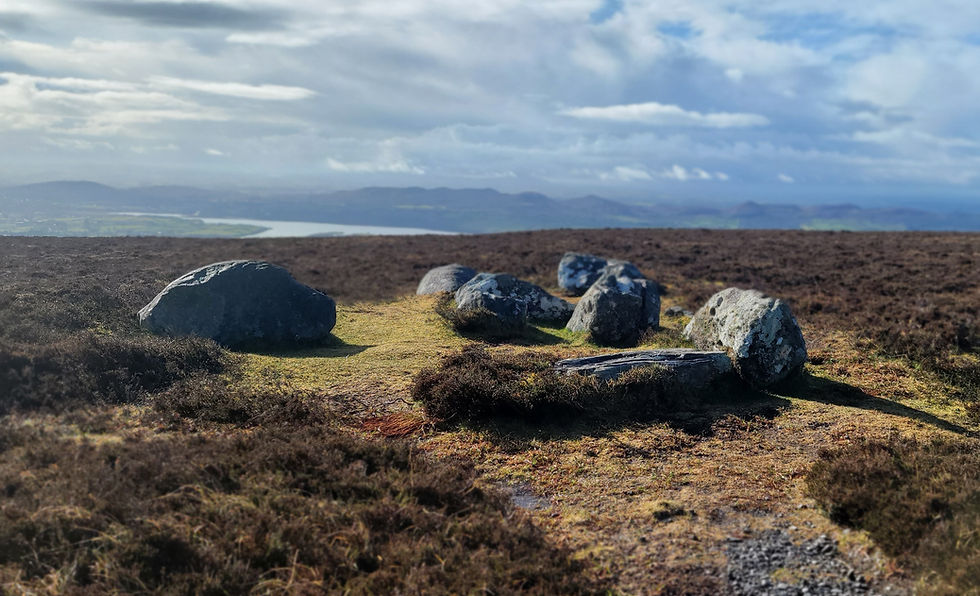The Way Forward
- consonaresing

- May 22, 2020
- 3 min read
Updated: May 23
The last few weeks have yielded many speculations about the future of choral singing in a COVID-19 world. The discussion officially began with a webinar hosted by a number of vocal/choral organizations a couple weeks ago.

The webinar, through the consultation of medical experts, provided a disheartening projection of 1-2 years before we can safely sing together due to COVID-19. Some statements included in the webinar, such as “singers are super-spreaders” of the virus, spread like wildfire on social media and stabbed like daggers into the hearts of singers everywhere. You could intuit a collective sigh of despair from the entire choral and vocal world at the possibility of such a significant amount of time before we can safely sing with and for others. The dismay engulfed me for a few days as I pondered whether I should even bother continuing with the numerous bandaids I had applied to all of my choral projects since the stay-at-home order began. The grief experienced at the beginning of the forced performing hiatus now felt even more profound. But, the art in which I engage is not for my benefit alone and I re-emerged more determined than ever to find a way forward regardless of the dire projections.
Since the aforementioned webinar, there have been many controversial articles, personal perspectives, re-opening guides, and social media arguments regarding the science surrounding when and where it is safe to sing with others. The stories of choirs that had COVID-19 ravage through their ranks became a cautionary tale shared widely on social media. The truth is that we do not have the necessary information to accurately determine when it is safe to sing with others. As a choral director, I am not willing to take the chance with any of the singers I am privileged with which to work to find out whether it is safe to return. Thankfully, it was announced a few days ago that many performing arts organizations have collaborated to create an international coalition to commission a study on the effects of COVID-19 on the return to the rehearsal hall. This development is promising as the role of scientific evidence will help us make appropriate decisions that keep our musicians healthy. The only downside is that this study will take time to complete.

There is no replacement for engaging in living music.
There is no replacement for engaging in living music. Therefore, during this undetermined amount of time when our singing together is silenced, what are choral singers and vocalists to do? We build community by finding new ways to share our experience and commiserate in our collective mourning of the lost of singing with others. We explore our craft by engaging in different ways to create music and practice vocal technique within a virtual platform. We deepen our connection with our fellow singers as we explore together inventive ways to create. We forge new relationships by collaborating with other musicians we previously did not have the time or opportunity to meet. We grow as musicians by embracing innovation. We keep moving forward even though we do not know the way this situation is going to traverse.
You don’t have to know the way—The way knows the way
You don’t have to plan the way. Trust the way, feel your way,
The way knows, the way knows, the way knows the way.
A safe path toward singing together in the same room will emerge. In the meantime, we will find ways to continue to sing, connect, and create--that is the way forward.
Written by:
Sarah Kaufold
Artistic Director
Consonare Choral Community








